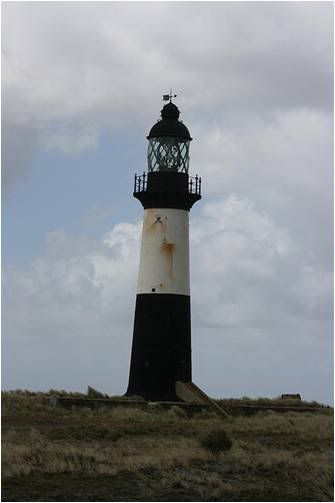
The two main islands of the Falkland Islands lie about 300 miles off the coast of Argentina in the South Atlantic. A British settlement was first established on the islands in 1765. More recently, the Falklands have been best known to the rest of the world for a brief 1982 war, when Argentine forces battled Great Britain over issues of sovereignty. One of the casualties of that war was the Cape Pembroke Lighthouse, located at the most easterly point of the Falklands, about seven miles east of the capital city of Stanley. Damaged during the conflict and eventually replaced by an automatic modern light structure nearby, the decommissioned lighthouse is now being restored.
The hazardous approach to the important harbor at Stanley led to the establishment of a red and white wooden daymark at Cape Pembroke in the 1840s. In 1854, this gave way to a 60-foot cast iron lighthouse that was pre-fabricated in London. The lighthouse, operated by Britain’s Trinity House, was painted with red and white bands. In 1889, it was changed to all white.
A telephone line was laid from the lighthouse to Stanley in 1897, an event later commemorated on a postage stamp. It was the first line laid by the government of the Falklands.
By the early 1900s, the foundation of the lighthouse had deteriorated to the point that it was considered unsafe, so the tower was moved onto a new foundation in 1906. The lantern was also replaced at this time. The work was carried out by a local crew supervised by a Trinity House official and four contractors from Britain. The lighthouse, about 200 yards west of its old position, went into service in June 1907.
One of the most dramatic episodes in the lighthouse’s history involved the wreck of the British full-rigged ship Criccieth Castle. In the spring of 1912 the ship had picked up a cargo of 2,800 tons of guano at Ballistas off the coast of Peru. As the vessel tried to round Cape Horn through a ferocious storm, high seas broke off its rudder and caused a massive leak. The crew and passengers managed to escape in two lifeboats.
One of the boats, carrying seven crew members, was never seen again. The other lifeboat carried the captain, his wife and four year-old son, along with 14 other crew members. The captain decided to attempt to reach the Falklands 180 miles away, and after six days battling frostbite and thirst the survivors made it to Cape Pembroke. Six crew members had died.
The lighthouse keepers waded out and pulled the boat ashore. The passengers took refuge in the keeper’s house, where they were provided a fire to warm themselves and hot food and drink. A doctor had to cut the frozen clothes from the survivors’ bodies. Two more crew members died as a result of the ordeal, and the lifeboat from the Criccieth Castle was preserved as a memorial in Stanley.
The lighthouse operated without interruption until the Argentine invasion of 1982. Reginald Silvey, keeper at the time of the invasion, aided British forces by broadcasting reports on Argentinean troop movements using an illegal-held radio. Frustrated Argentineans searched in vain for the source of the signals. According to an article in the UK newspaper The Guardian, Keeper Silvey “continued to be a thorn in the side of the Argentineans . . . until the very end of the war.”
The lighthouse has been gradually restored over the past decade. It stands as a symbolic beacon for tourists as the Falklands are becoming a popular vacation destination. Cape Pembroke is a prime birdwatching area for those wishing to view penguins and a variety of seabirds.
When the restoration is complete, there are plans to install an exhibit of lighthouse history. In the meantime, interested persons can arrange for access by contacting the Falkland Islands Museum and National Trust.
Photo & Copyright Lighthouse Digest



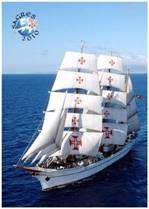





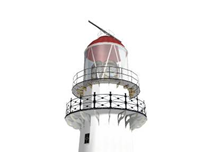


















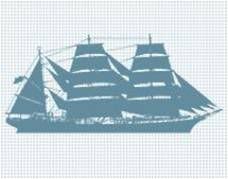
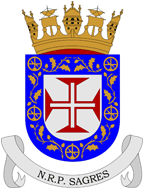








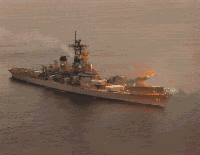


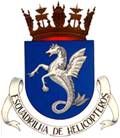
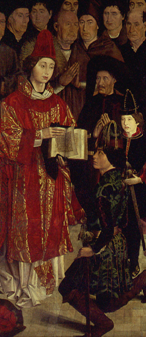



%201970-01-30.png)




























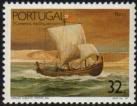
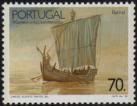











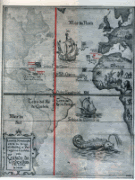








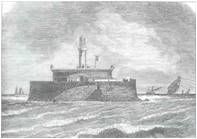




































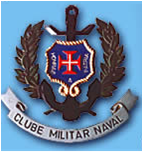






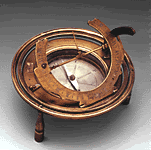
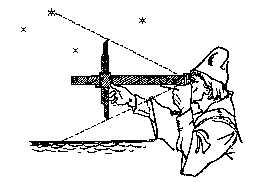










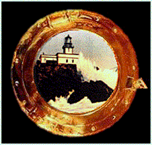








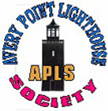










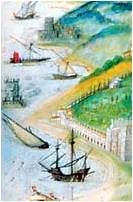

Sem comentários:
Enviar um comentário